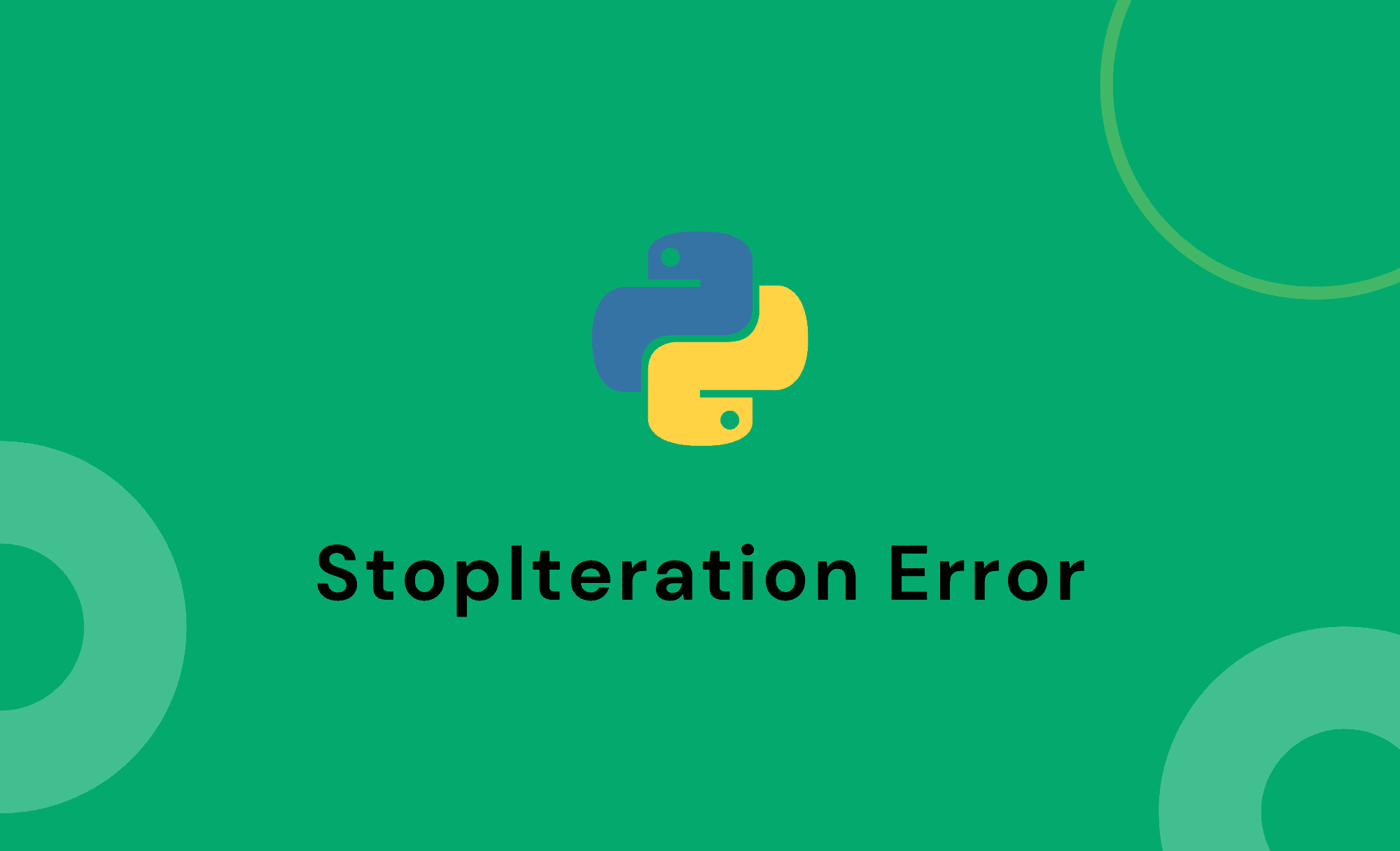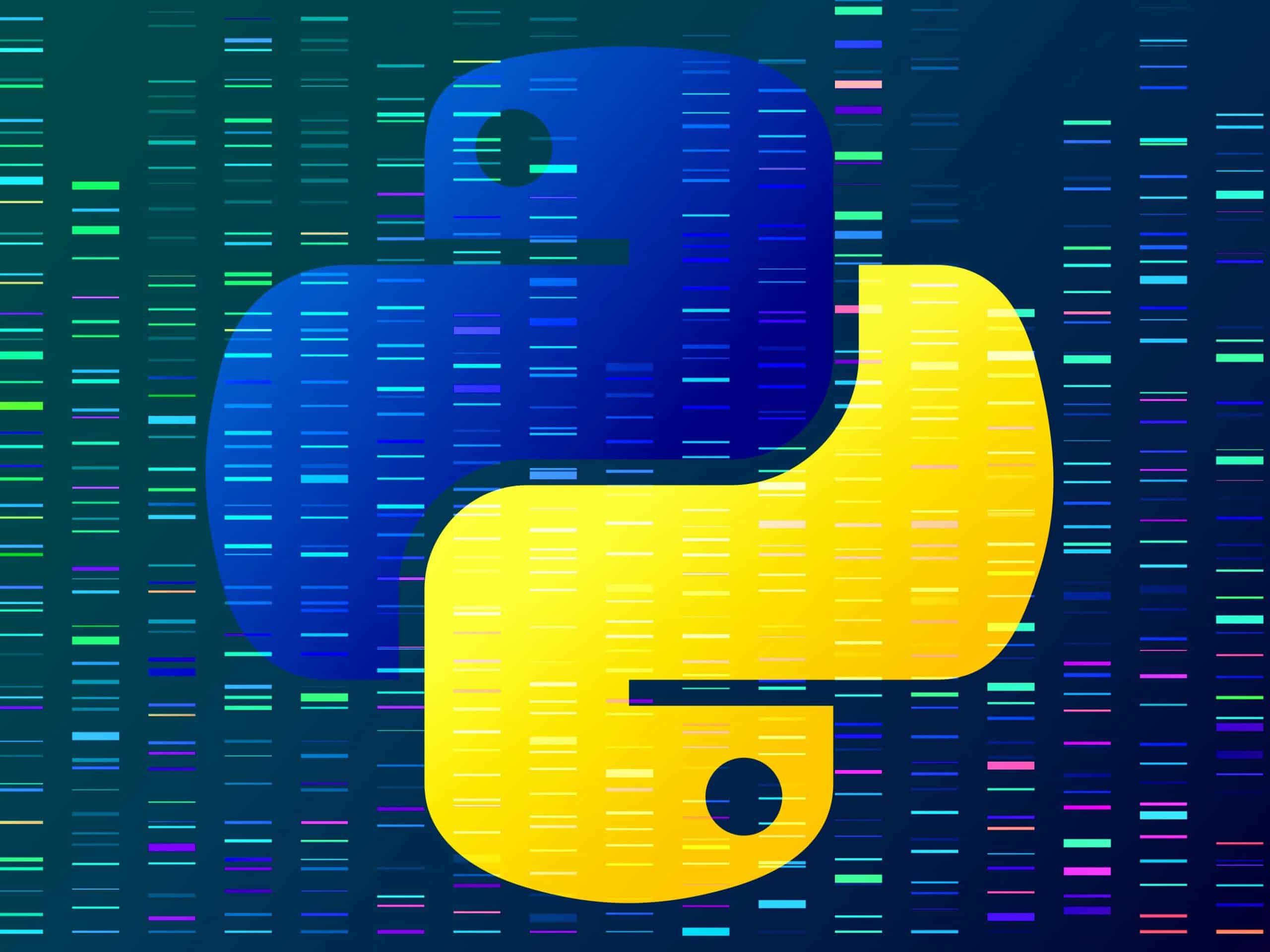In this article, we will discuss how to stop iteration error in Python, when it occurs, and the best way to deal with it. We’ll also look at a few examples to clarify our discussion.
Python throws the StopIteration exception to indicate the end of an iterator. A generator or equivalent iterator throws this exception to signal that the process has finished iterating when no more values are left to yield.
Continue reading to learn more about stop iteration error python.
Table of Contents
How to Stop Iteration Error in Python

Python iterators are practical tools for swiftly traversing and processing lists of elements. However, using iterators can occasionally result in running into the StopIteration error. Moreover, stop iteration error python is an exception thrown by the built-in next() and __next__() methods in iterators to indicate that all items have been iterated upon and there are no more to be iterated. You should also check out What is the Purpose of Iterations Goals?
Syntax of Python Stop Iteration

Iterators and generators use the method of raising the StopIteration exception after a certain number of iterations. It is essential to take note of the fact that Python views raising StopIteration as an exception rather than a mistake. Additionally, you can handle the exception by catching it, similar to how Python handles other exceptions.
This efficient handling of the StopIteration exception allows for adequately managing and controlling the iteration process. Moreover, it guarantees that the code can take an iteration’s end as necessary.
The following is the usual syntax for utilizing the StopIteration in the if and else of the next() method:
class classname: def __iter__(self): … … #set of statements return self; def __next__(self): if # the requirement to run the loop conditionally …. …. #set of statements return … else raise StopIteration # It will be raised when you traverse all the values of the iterator.
See also:HTML Empty Line: Formatting Techniques for Clean Web Design
How does StopIteration work in Python?

The steps are as follows:
- The built-in Python methods next() or next() trigger it, indicating no more objects to iterate over. Furthermore, by placing the code within a try block, catching the exception with the ‘except’ keyword, and printing it on the screen with the ‘print’ keyword, we can catch the Python StopIteration exception.
- When there are no more elements in the loop or any iterable objects, the following () method in both generators and iterators raises it.
Example of Python stop iteration error
The string value “FacingIssuesOnIT” is iteratingly printing characters in this example. At the same time, the loop in this situation will continue to run indefinitely and invoke the iterable value’s next() method to print the value.
iterable_value = 'FacingIssuesOnIT'
iterable_obj = iter(iterable_value)
while True:
try:
# Iterate by calling next
item = next(iterable_obj)
print(item)
except StopIteration as err:
print('Stop Iteration occurred)
break
Additionally, there are no more elements in iterable_value; hence, this program will throw a StopIteration exception after finishing the iteration next() element print of iterable_value.
Solution

Furthermore, carefully examine the length of the iterable object before using the next() method to execute the loop and get each element, as doing so will result in a Python StopIteration Error.
Handling StopIteration Exceptions

Since StopIteration is an exception, you can use a try-except block to catch and manage it.
iterator = iter([1, 2, 3]) try: while True: print(next(iterator)) except StopIteration: pass
This example creates an iterator that loops through a list of numbers using the built-in iter() method. Furthermore, when we loop through the iterator in a while loop to try to print the next item, we use the built-in next() method. Next() throws a StopIteration exception if no more values are left to return.
When we see one, we pass it and use a try-except block to catch it. As a result, we can be sure that when we use all the values, our loop will end without any problems.
Using Generators to Stop Iteration
Python typically uses generators to implement iterators. Iterators that are specified utilizing a unique syntax are known as generators. Additionally, these functions generate values using the yield keyword rather than a return statement.
Here is how to create a generator function that outputs an integer sequence:
def integer_sequence(): i = 0 while True: yield i i += 1
You’ll see that we’ve substituted the keyword yield with a return statement. It tells Python that this function is a generator. Moreover, the yield keyword produces a value while pausing the function’s execution so that it can be continued later if necessary.
You can use this generator to produce an integer sequence:
gen = integer_sequence() print(next(gen)) #prints 0 print(next(gen)) #prints 1 print(next(gen)) #prints 2
Next(gen) invokes the generator function integer_sequence(), which is run until it reaches the first yield expression. Furthermore, the function’s execution state is then suspended after returning the value generated by the yield statement.
The second time we call next(gen), it continues where it stops off and executes until it reaches the following yield statement. Furthermore, when there are no more yield statements to run, the procedure repeats itself, throwing a StopIteration exception.
Using a for Loop with StopIteration
Using a for loop is one of Python’s most straightforward approaches to iterating along an iterator. Moreover, when the StopIteration exception occurs, a for loop will automatically catch and end it without throwing an exception.
Here is an illustration of how to move through a list of integers using a for loop:
numbers = [1, 2, 3] for number in numbers: print(number)
The for loop will take care of the StopIteration exception for us in this situation, so we don’t need to bother explicitly catching it. You should also check out Loops in Python: Mastering Iterative Operations.
FAQs
Does a Python iterator raise StopIteration?
Yes, if you manually call .next() on the iterator protocol, it will raise StopIteration. The proper method to utilize it in Python is to treat it like any other iterator and avoid call .next ().
What is the use of StopIteration?
It uses the StopIteration exception thrown by the iterator it consumes as a signal to itself that it has finished being iterated on. In other words, it leaves the exception uncaught instead of catching the StopIteration and exiting the loop.
How can we fix a stop iteration error python?
Stop iteration error python handling is done with the try-except block. It would also help you comprehend how Python iterators operate to learn StopIteration Exception. An iterator object contains values that one can iterate upon. Additionally, it advances to the following value in the iterator using the __next__ () method.
How can an iterator be reset in Python?
You can only move forward with an iterator because there is only a next function. There is no method to retrieve prior elements or reset an iterator (other than by starting a new one).
What does Python iteration mean?
Iterating is the process of completing a task one element at a time. Iteration occurs whenever an explicit or implicit loop loops over a collection of elements. Iterable and iterator have distinct definitions in Python.
What can be done to prevent iteration from going on forever?
Using the StopIteration statement will stop the iteration from continuing indefinitely. We can add a terminating condition to the __next__ () method that will cause an error after a predetermined number of iterations.
Conclusion
We hope that this post about stopiteration error Python is helpful. Your understanding of the StopIteration exception and the conditions under which it arises in Python must be complete. Because the StopIteration exception can occur in numerous circumstances, it may take some work for inexperienced programmers to handle.
See also: Python Boolean Variables: Understanding True and False in Python
Hi, I’m Geoff. I design. I develop. I do lots of things in between. What that really boils down to is that I make websites.
